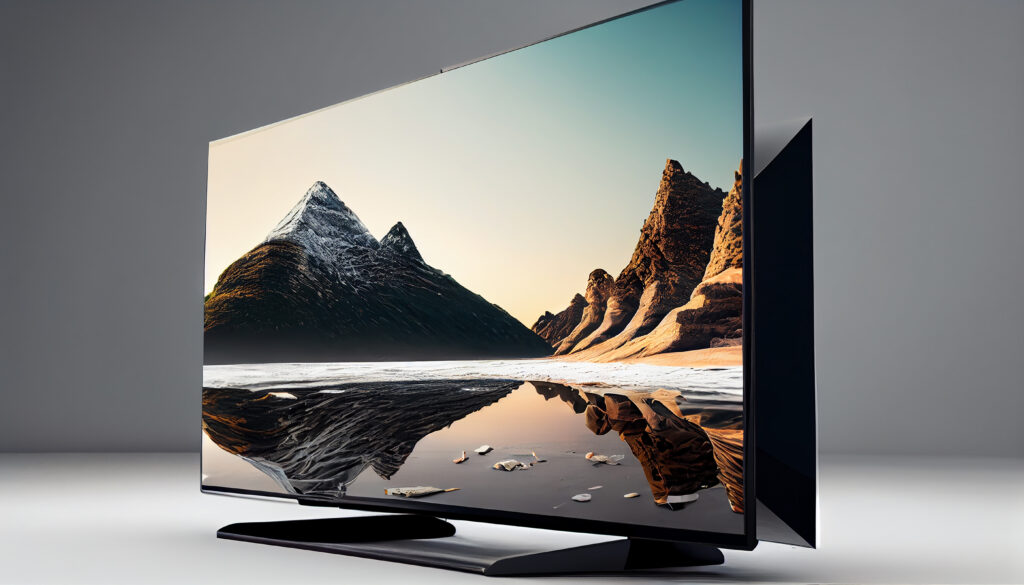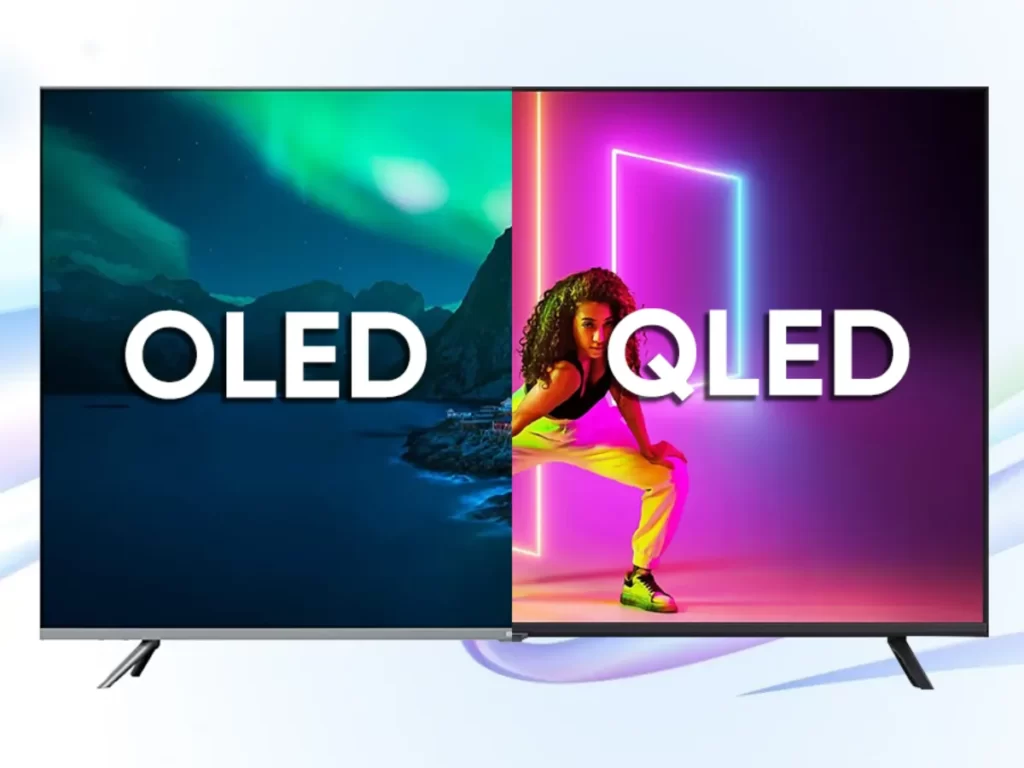The Evolution of Visual Fidelity : Unravelling the Differences in SD, HD, and 4K Display Technologies
At the core of digital imagery lies the concept of pixels, short for “picture elements.” A pixel is the smallest unit of a digital image, serving as a point in the grid that forms the image. Each pixel carries information about color, brightness, and other attributes, collectively contributing to the overall visual representation. The density of pixels in an image, often measured in pixels per inch (PPI) or dots per inch (DPI), influences the level of detail and clarity.
In a digital display, pixels are arranged in a grid, and the combination of these pixels creates the images we see on screens. The resolution of a display, expressed as the number of pixels in each dimension (e.g., 1920×1080), is a key factor in determining the quality and sharpness of visuals. Higher resolution displays generally offer more detail and a smoother viewing experience.
The world of display technologies has undergone a remarkable transformation over the years, driven by an urgent desire for sharper, more mesmeric visuals. As we traverse through the field of resolutions, the terms Standard Definition (SD), High Definition (HD), and 4K stand out as significant turning point, each representing a distinct time in the evolution of visual fidelity.
Standard Definition (SD): Remorse and Technological Limitations

Standard Definition, often referred to as SD, urge images of cathode ray tube televisions and the early days of visual entertainment. This technological age is characterized by a modest resolution of 640×480 pixels. The ‘i’ in 480i denoted interlaced scanning, where odd and even lines were painted on the screen in alternating passes. This method, while groundbreaking in its time, results in a less smooth and detailed image by today’s standards.
The ‘p’ in 480p signifies progressive scanning, a slight improvement over interwoven technology. Despite this enhancement, SD resolutions, with their limited pixel count of 307,200, appear pixelated and lack the visual crispness demanded by modern viewers who are used to higher standards.
High Definition (HD): A Quantum Leap in Visual Fidelity

The limitations of SD became increasingly clear as technology advanced, giving rise to the era of High Definition (HD). HD, available in 720p and 1080p variants, marked a significant jump in visual fidelity and clarity.
At 720p (1280×720 pixels), the image became notably sharper, boasting over 900,000 pixels. Progressive scanning remained the standard, contributing to smoother motion and reducing visual ruin. This resolution was a considerable enhancement over SD, providing an immersive viewing experience for consumers.
The height of HD is represented by 1080p, with a resolution of 1920×1080 pixels. Surpassing 2 million pixels, this heightened pixel density results in unparalleled detail and clarity. Beyond pixel count, HD introduced widescreen aspect ratios (16:9), wider color area and superior audio quality, collectively contributing to a cinematic experience within the bounds of one’s living room.
4K Resolution: The Height of Visual Brilliance

While HD made significant strides, consumer demand for greater visual awareness led to the advent of 4K resolution. 4K, with its impressive resolution of 3840×2160 pixels, four times greater than the pixel count of 1080p. This staggering number, exceeding 8 million pixels, results in an image of unparalleled clarity and detail.
The benefits of 4K extend beyond sheer pixel count. High Dynamic Range (HDR) technology, often paired with 4K displays, enhances contrast ratios and color accuracy, providing a more lifelike and vibrant picture. Moreover, the shift to 4K has paved the way for larger screen sizes without compromising image quality, making it ideal for home theatres.
Despite the remarkable advancements, the adoption of 4K faced initial hurdles. Content production and distribution needed to catch up with the capabilities of 4K displays. However, major streaming services, Blu-ray discs, and even some broadcast channels now offer content in 4K, ushering in an era where viewers can fully exploit the potential of their cutting-edge displays.
Considerations Beyond Resolution: The Role of Refresh Rates and Panel Technology

While resolution is an important factor, it’s not the sole determinant of display quality. Refresh rates, measured in Hertz (Hz), dictate how many frames per second a display can render. Higher refresh rates contribute to smoother motion, reducing motion blur in fast-moving scenes. This is particularly relevant in the world of gaming and sports viewing.

Additionally, the type of panel technology influences factors such as color reproduction, viewing angles, and response times. Common panel types include LCD (Liquid Crystal Display), OLED (Organic Light-Emitting Diode), and QLED (Quantum Dot LED). Each has its strengths and weaknesses, contributing to the overall viewing experience.
Conclusion: A Journey Through Visual Technology

In conclusion, the difference between SD, HD, and 4K displays oversteps mere pixel count. It’s a journey through the evolution of visual technology, each repetition bringing us closer to lifelike representations of the world on our screens. As we embrace 4K and look towards future innovations, the desire for sharper, more fascinating displays continues, promising a visual experience that reproduces the sharpness of reality. Whether bringing back about the nostalgia of Standard Definition or stare at the crystal-clear look of 4K, each step in this journey represents a proof to human brilliance and our determined pursuit of visual excellence.

